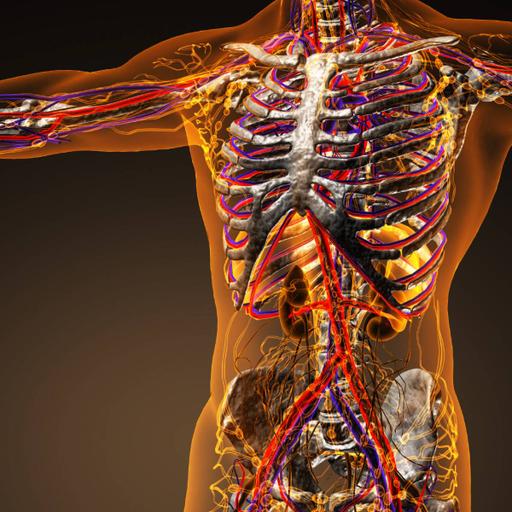The Cardiovascular System
Presentations | English
The circulatory system, also called the cardiovascular system or the vascular system, is an organ system that permits blood to circulate and transport nutrients (such as amino acids and electrolytes), oxygen, carbon dioxide, hormones, and blood cells to and from the cells in the body to provide nourishment and help in fighting diseases, stabilize temperature and pH, and maintain homeostasis. The circulatory system includes the lymphatic system, which circulates lymph. The passage of lymph takes much longer than that of blood. Blood is a fluid consisting of plasma, red blood cells, white blood cells, and platelets that is circulated by the heart through the vertebrate vascular system, carrying oxygen and nutrients to and waste materials away from all body tissues. Lymph is essentially recycled excess blood plasma after it has been filtered from the interstitial fluid (between cells) and returned to the lymphatic system. The cardiovascular (from Latin words meaning "heart" and "vessel") system comprises the blood, heart, and blood vessels. The lymph, lymph nodes, and lymph vessels form the lymphatic system, which returns filtered blood plasma from the interstitial fluid (between cells) as lymph. The circulatory system of the blood has two components, a systemic circulation and a pulmonary circulation. While humans and other vertebrates have a closed cardiovascular system (which means that the blood never leaves the network of arteries, veins and capillaries), some invertebrate groups have an open cardiovascular system. The lymphatic system, in contrast, is an open system providing an accessory.

29.50
Lumens
PPTX (59 Slides)
The Cardiovascular System
Presentations | English
